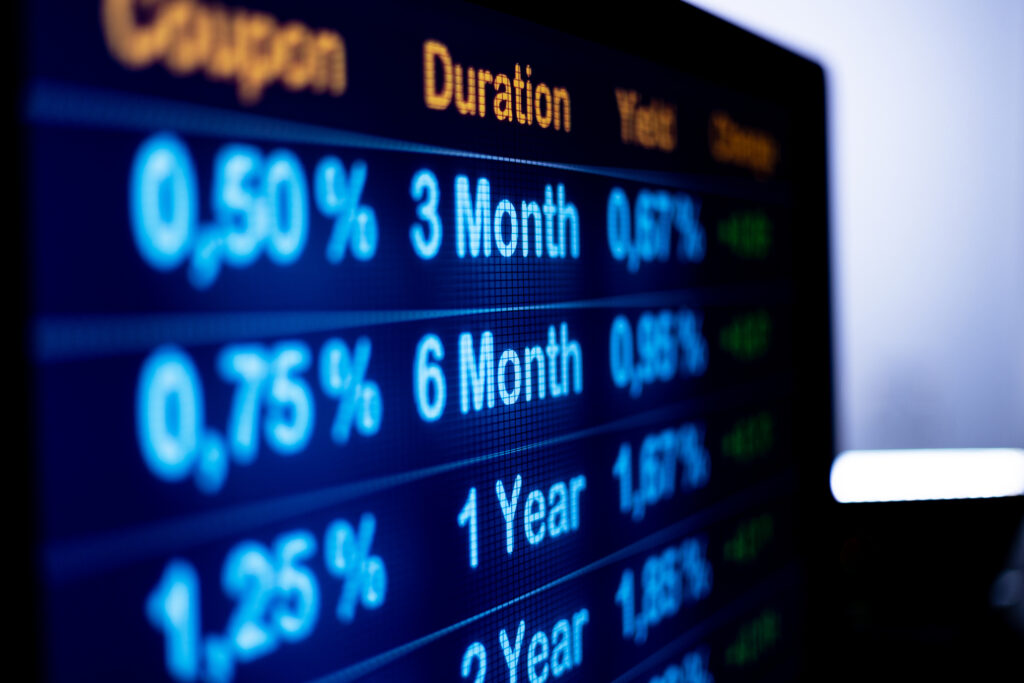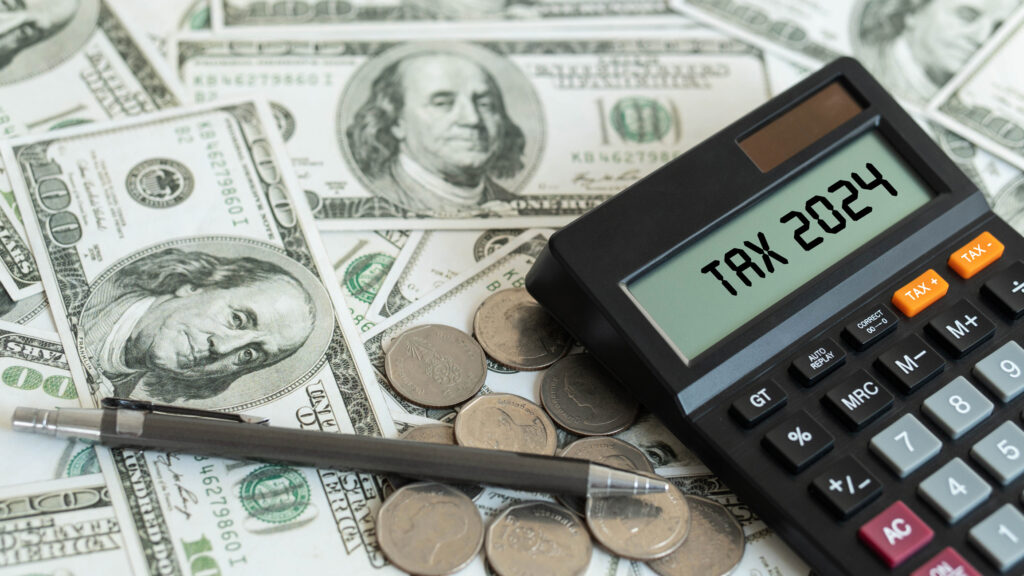The two most prominently mentioned schemes for curtailing carbon dioxide emissions are carbon taxes and a cap-and-trade system. There are pros and cons to each.
Cap-and-Trade Shortcomings
The trading of carbon credits is troublesome. It presumes an underlying database of emissions from millions of individual sources and a continuous monitoring of changes to the database.
That would represent a huge increase in regulation, and it flies in the face of experience with other deregulations. Markets are substitutes for regulation, not complements.
The experience with other emission trading systems is also contrary to the conventional thinking. The model for the national acid rain program and the RECLAIM system for the Southern California Air Basin (SCAB) involves differences in abatement costs among emission sources. Under this theory, allowance prices would be stable.
However, allowance prices do not behave this way; they tend to follow the price of natural gas, and as a result they are quite volatile.
Overlooked Factors
The attractive alternative for a utility during peak periods is to shut down its generators (which produce emissions as a byproduct) and instead buy energy from another utility. The generation fuel of choice during peak periods is natural gas. Thus, the price of emission allowances and credits ought to be closely correlated with the price of natural gas, and it is.
When the advantages and disadvantages of emissions trading are weighed against the trading of natural gas futures and options, there is no contest. Natural gas derivatives win hands down. First, gas derivatives are property, and the takings clause of the Constitution fully applies. Second, the gas derivatives are orders of magnitude more liquid than allowances.
Currently, monthly gas futures go out to December 2012, which is only two years less than the yearly sulfur dioxide futures.
Weather Futures Hedge
Gas futures are not the only derivatives useful for hedging for peak-load conditions. Since 1999, there have been weather futures based on heating and cooling degree days for 36 cities worldwide, of which 18 cities are in the United States and six in Canada. In 2006, $21 billion of these weather derivatives were traded.
Weather derivatives are traded on the Chicago Mercantile Exchange and have recently morphed from monthly to weekly contracts. This suggests future flexibility will be greater than the government market, without making investors vulnerable to government takings.
Clearly, the weather futures offer a more precise hedging vehicle when compared with allowances and even the natural gas derivatives.
Weather derivatives may also be useful for hedging electricity price risk. While these derivatives are not exactly tailored to electricity generation, they are close enough. It is not unusual for one product derivative to serve as a hedging vehicle for another closely related product.
Jet fuel price risk, for example, is hedged using heating oil (distillate) derivatives. The reason is the greater liquidity of the substitute market.
Carbon Tax Challenges
There has been a lot of attention given recently to the supposed superiority of a revenue-neutral carbon tax over a cap-and-trade system. Both the American Enterprise Institute and Resources for the Future have voiced a preference for the carbon tax.
Both recognize taxpayers are suspicious of whether the “neutrality” of the new tax will actually accrue to the individual taxpayer or will be tilted to powerful political constituencies. In addition, it would be difficult to estimate the proper tax level to be imposed.
Tax collectors prefer the tax on carbon emissions over the cap-and-trade system. George Osborne, the United Kingdom Conservative party’s shadow finance minister, points out how the cap-and-trade system has serious transaction costs and is subject to fraud in initial allocation and in enforcement. But benchmarking of emissions also would be required for taxation, as would monitoring and enforcement for each emissions source.
Thus it would appear there is as much potential for fraud under a carbon tax as there is with cap-and-trade, although one of the proposed modifications to cap-and-trade is to charge emission sources for the initial allowances they receive.
Command-and-Control Schemes
In all this discussion of taxation and cap-and-trade, the command-and-control system of reducing harmful emissions and discharges has not been discussed. This system of pollution abatement prevails in most places in the world.
The question that arises is, why? For one thing, the command-and-control system is simple, compared with the carbon tax. Individual emission sources need not be monitored. For another, there is less chance for fraud in the initial allocation, as happened in Europe.
Moreover, the costs associated with emission reductions are deductible from income taxes as an ordinary business expense.
Costs vs. Benefits
On a macro level, Yale University economics professor William Nordhaus in July of this year updated his estimate of the impact of carbon abatement. Nordhaus found the costs of reducing carbon emissions exceed the benefits by a substantial amount. This is true for either a cap-and-trade system or a carbon tax.
This ought to make us pause to think through what we know about global warming and what we are guessing about.
We especially ought to know the pace of warming from actual measurement rather than relying on opaque models that fail to explain the present changes, or lack thereof. It may be that the pace of change is so slow that adjusting to the change is less costly than trying to alter the laws of physics.
We ought to understand the workings of the world before we set out to change it.
James L. Johnston ([email protected]) is an economist retired from Amoco Corporation and a policy advisor to The Heartland Institute.




